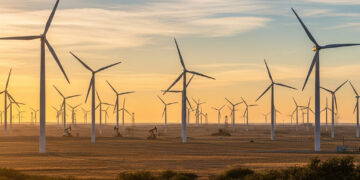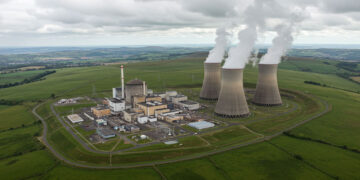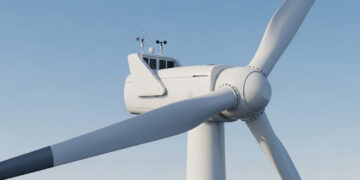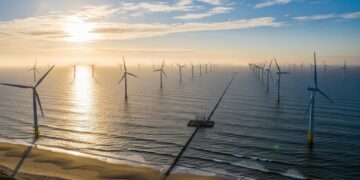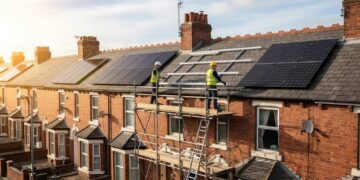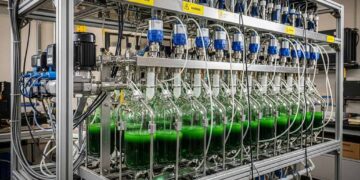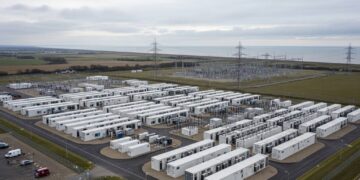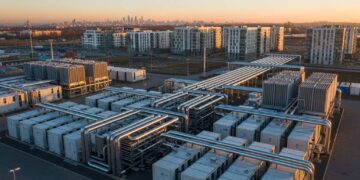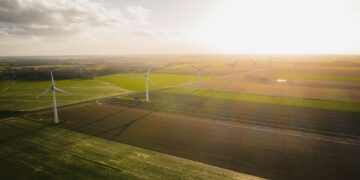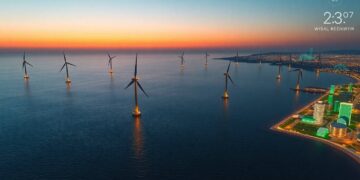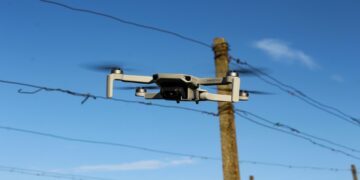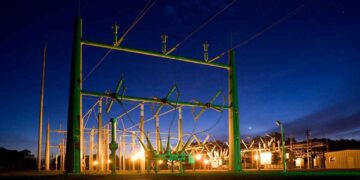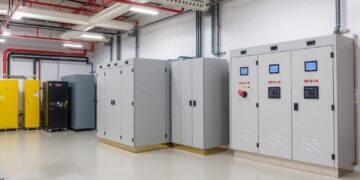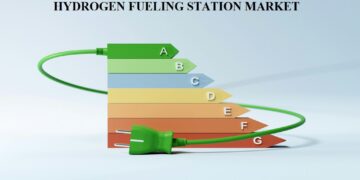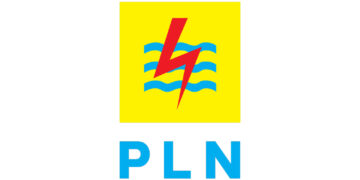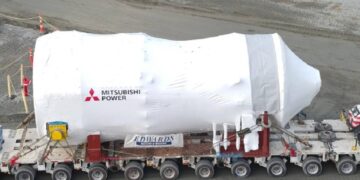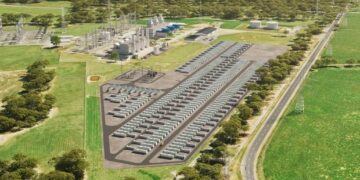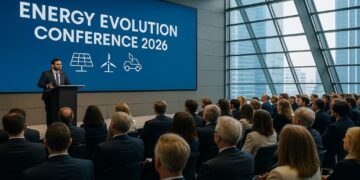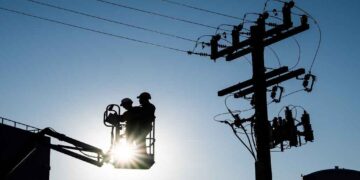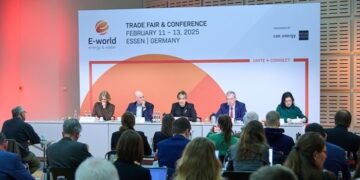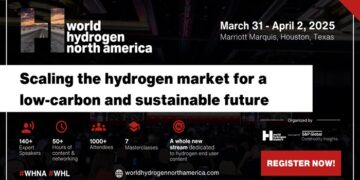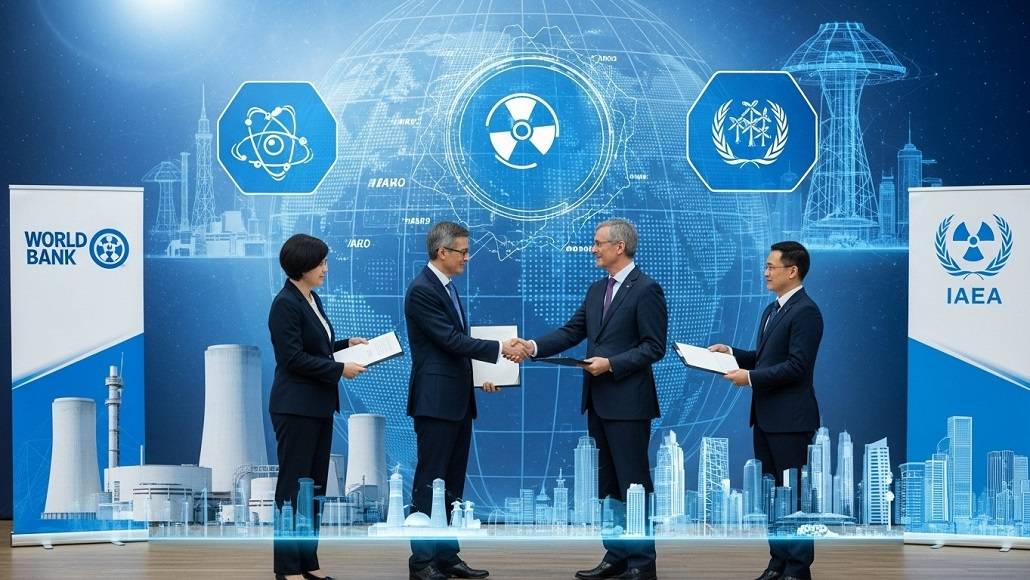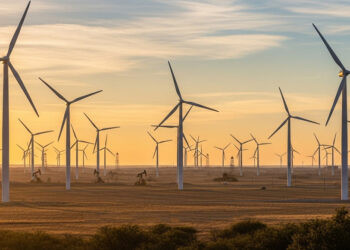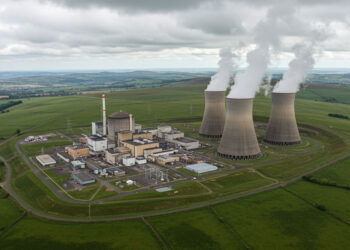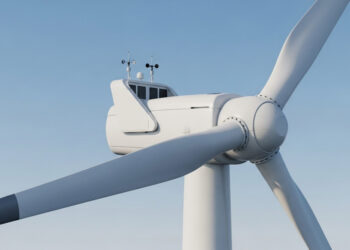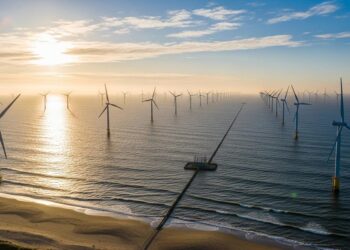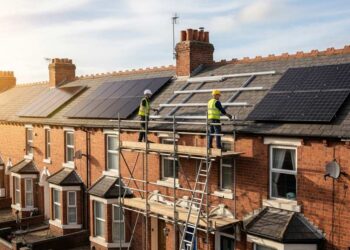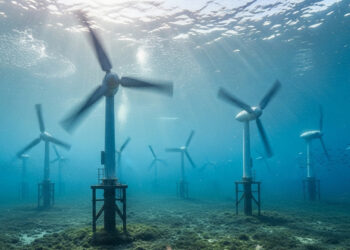The World Bank Group and the International Atomic Energy Agency (IAEA) are working together to make nuclear power one of the best sustainable energy options for developing countries.
This agreement means that the World Bank is becoming involved in nuclear energy for the first time in decades. It also shows that international organisations are changing the way they deal with the problems of energy poverty and climate change.
By 2035, demand for electricity in developing countries is predicted to more than quadruple. This alliance might lead to a new age of dependable, low-carbon power for billions of people, and nuclear energy could become a key aspect of sustainable development.
Why nuclear power is important for nations that are still growing
Many underdeveloped countries still have trouble getting cheap, dependable power.
Millions of people still live in energy poverty, which makes it hard to make progress in important sectors like healthcare, education, industry, and digital infrastructure.
Their power needs are expected to more than quadruple over the next ten years as these nations try to become more industrialised and get people out of poverty.
Nuclear energy is a really good answer. It offers a steady supply of electricity, which is necessary for running hospitals, industries, and transportation systems—areas where power outages may be dangerous or even deadly.
Nuclear energy, on the other hand, doesn’t emit any carbon, which is good for the environment and helps the economy flourish.
The requirement for energy is growing: Solutions need to be able to grow
The World Bank’s new strategy to electrification is on making it easier to get, cheaper, and better for the environment.
The Bank knows that each country will have to find its own way to net zero. It is backing energy options that best fit each country’s climate promises and development ambitions.
As more and more variable renewable sources like wind and solar come online, nuclear power’s capacity to stabilise networks becomes more and more important.
It is an important part of a contemporary, robust energy mix since it can work with renewables by controlling frequency and providing predictable output.
The World Bank and IAEA have an agreement
The new memorandum of understanding, which was signed by World Bank Group President Ajay Banga and IAEA Director General Rafael Mariano Grossi, makes official a year of increasing cooperation between the two organisations.
It sets the stage for long-term support for nuclear power in poor nations, with the goal of making sure it is used safely, securely, and sustainably.
Banga explained: “Jobs need electricity. So do factories, hospitals, schools, and water systems. And as demand surges – with AI and development alike – we must help countries deliver reliable, affordable power.
“That’s why we’re embracing nuclear energy as part of the solution – and reembracing it as part of the mix the World Bank Group can offer developing countries to achieve their ambitions.
“Importantly, nuclear delivers baseload power, which is essential to building modern economies.
“Our partnership with the IAEA marks an important step, and I’m grateful to Rafael for his personal commitment and leadership in making this possible.
“Together, we’ll deepen our expertise, support countries that choose nuclear, and ensure that safety, security, and sustainability guide every step forward.”
Three things that make collaboration possible
The cooperation will work on three important areas:
expertise development: The IAEA will help the World Bank create institutional expertise on nuclear energy, including safety, waste management, fuel cycles, new technologies, and energy planning.
Extending the lives of reactors: Many of the world’s reactors are getting close to the 40-year design limit they were built to. Developing nations may keep their low-carbon power sources by securely extending their lives, which is a cheap method to do so.
Advancing Small Modular Reactors (SMRs): SMRs are nuclear solutions that can be scaled up, are adaptable, and cost less. Their modest size makes them perfect for distant areas or smaller grids that are common in poor countries.
What this means for the world and what to do next
There are 31 nations that run nuclear power plants right now, and they generate over 25% of the world’s low-carbon energy.
More than 30 other countries, many of which are still developing, are collaborating with the IAEA to establish the infrastructure needed to use nuclear power.
This alliance marks a big change in the way the world thinks about energy. Nuclear power is no longer only for rich nations; it’s now seen as an important instrument for poor countries that want to thrive in a way that lasts.
The World Bank and the IAEA are making the world a cleaner and fairer place to get energy by unleashing the promise of nuclear energy.



